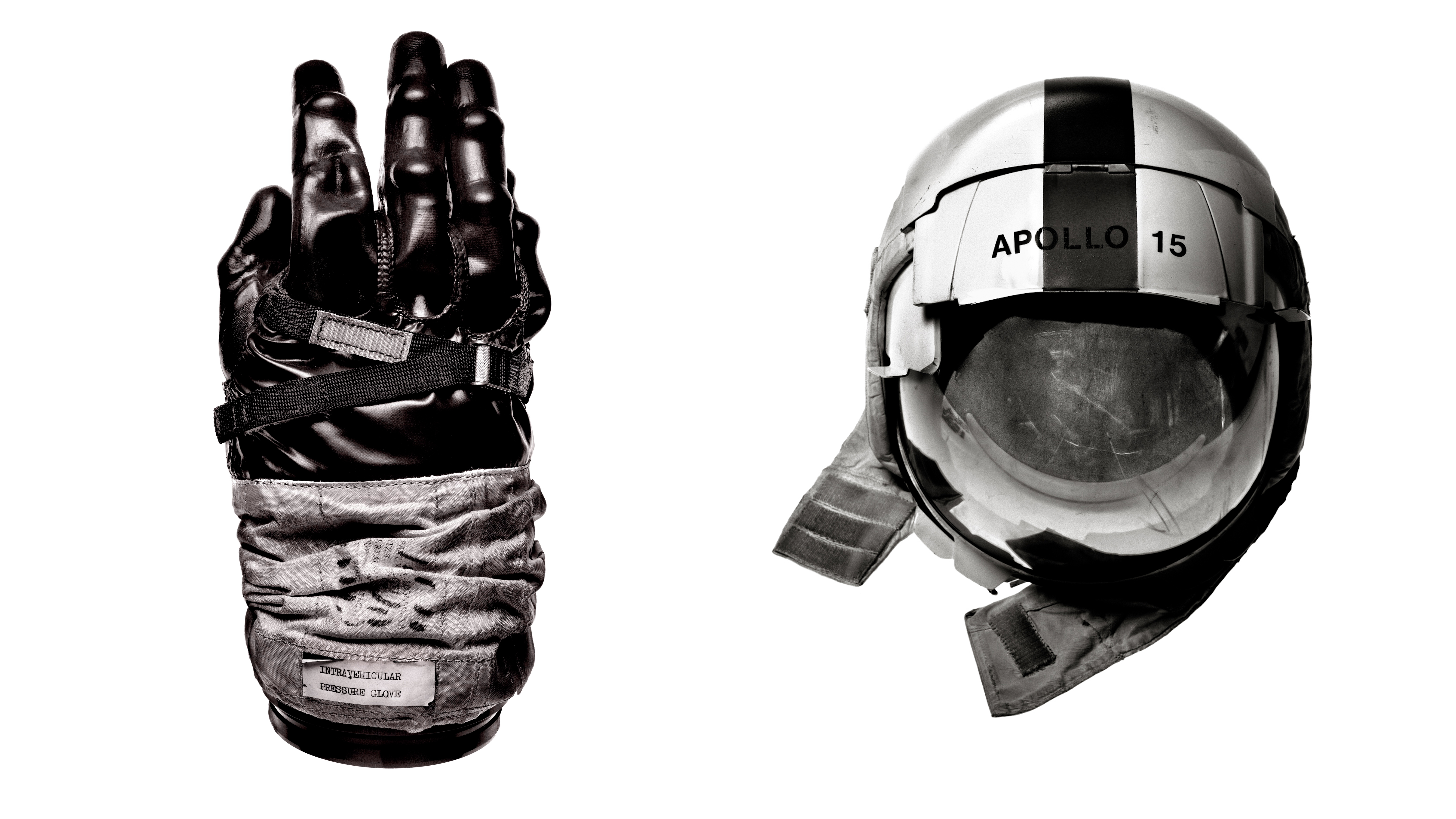Tech talk: Fast burst rates always sound impressive, but that number only ever tells part of the story
Many things affect how well a camera can work when shooting continuously
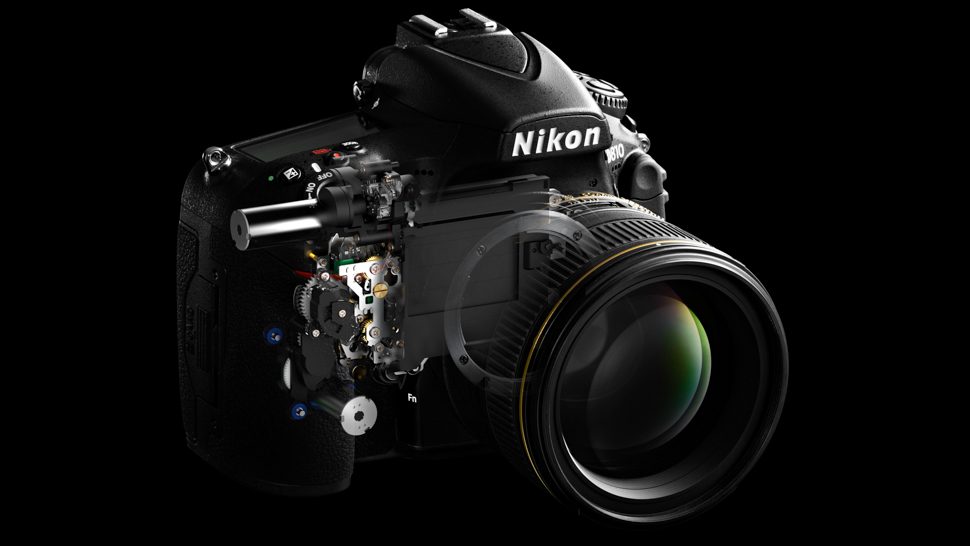
Along with its sensor and video specs, one of a camera's main features that's guaranteed to grab attention is its maximum continuous shooting rate. Commonly known as its burst rate, this tells you how many frames per second the camera can capture at a constant rate.
We typically now see 7-8fps on enthusiast-level models and 14-16fps for pro-grade DSLRs, and even faster burst rates on cameras that employ an electronic shutter. The recent Olympus OM-D E-M1 Mark II, for example, can fire full-resolution images at an astonishing 60fps thanks to the use of this kind of shutter.
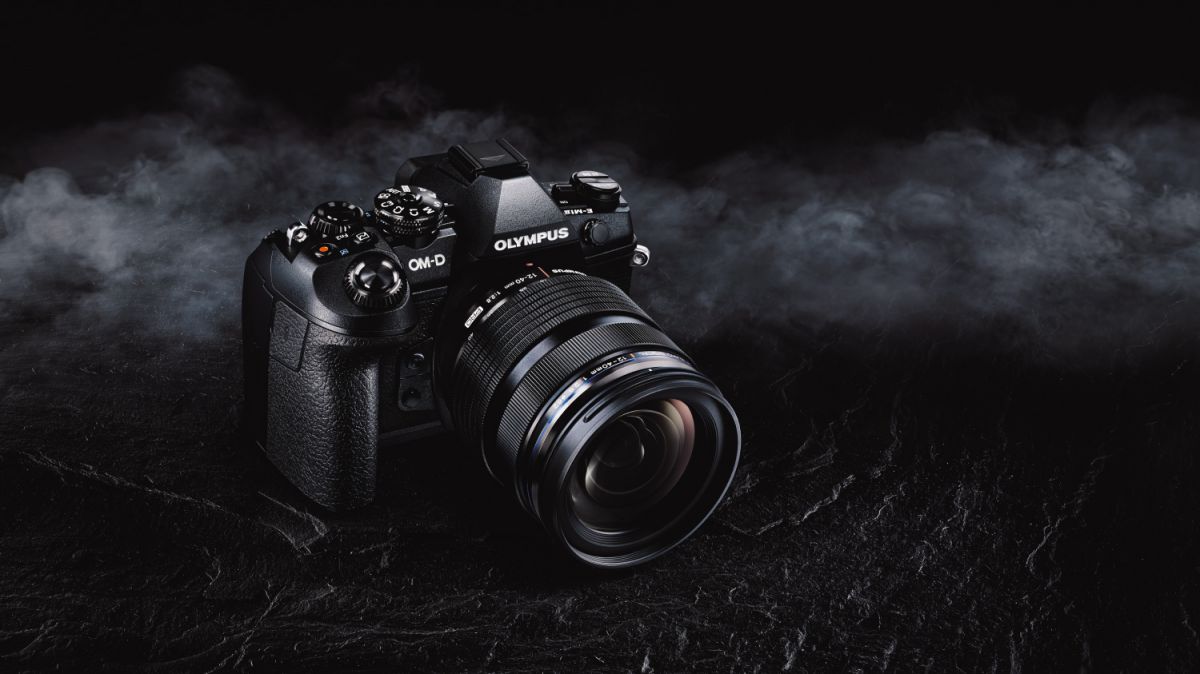
Some may recognise that this isn't the first time a camera has claimed to be able to shoot at 60fps at full resolution. Nikon managed to incorporate the feature into a number of its 1-system cameras, which were typically aimed at a more novice user than a camera like the O-MD E-M1 Mark II.
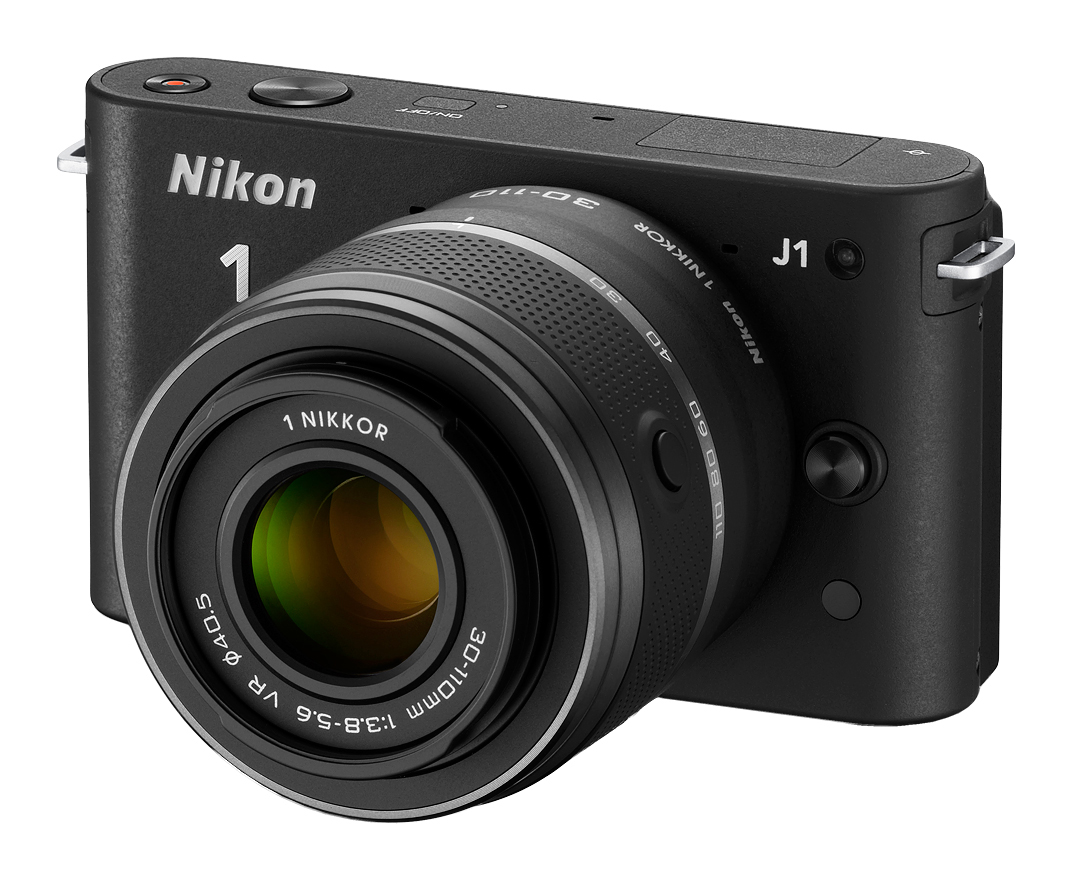
Yet, there are many reasons why a model may not be able to achieve these rates, or may prove to be impractical when doing so. Essentially, the number just gives you a flavour of a camera’s capability.
Burst rate vs burst depth
One thing to consider is burst depth. Whereas the burst rate lets you know how quickly the camera can fire in frames per second, burst depth gives you an idea of how long it can maintain this speed. Typically you may find a burst rate of 8fps or so and a burst depth of around 25 frames. This means you can shoot for just over three seconds at 8fps.
Some cameras can’t manage that kind of burst depth, and even if they can it will typically only be possible in certain conditions. One thing that makes a significant difference here is whether you shoot in Raw or JPEG. The Canon EOS 80D, for example, can capture images at 7fps for up to 110 JPEGs or 25 Raw files. To get the best burst depth, you will also typically have to forgo a 14bit Raw option and opt for 12bit setting if your camera allows you to adjust this.
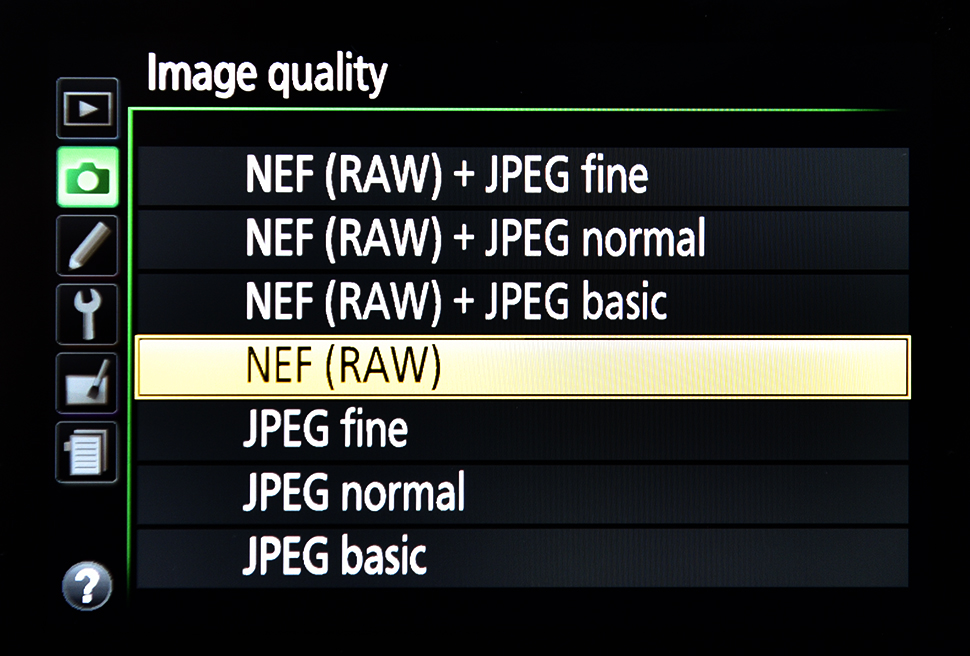
Would you like autofocus with that?
Perhaps the most useful thing to know is whether you can shoot at these kinds of speeds with autofocus enabled, and also whether the camera will be able to reliably keep track of a moving subject as you do so.
Get the Digital Camera World Newsletter
The best camera deals, reviews, product advice, and unmissable photography news, direct to your inbox!
Manufacturers often have one standard speed that relates to single-shot autofocus and manual focus, and another figure that relates to continuous autofocus, which will be lower. You’ll typically be using fast burst rates against moving subjects, so it’s likely you’ll want to use the latter.
If you want to enable continuous autofocus on the Olympus OM-D E-M1 Mark II, for example, that 60fps burst rate drops to 18fps – a considerable drop, but still very respectable.
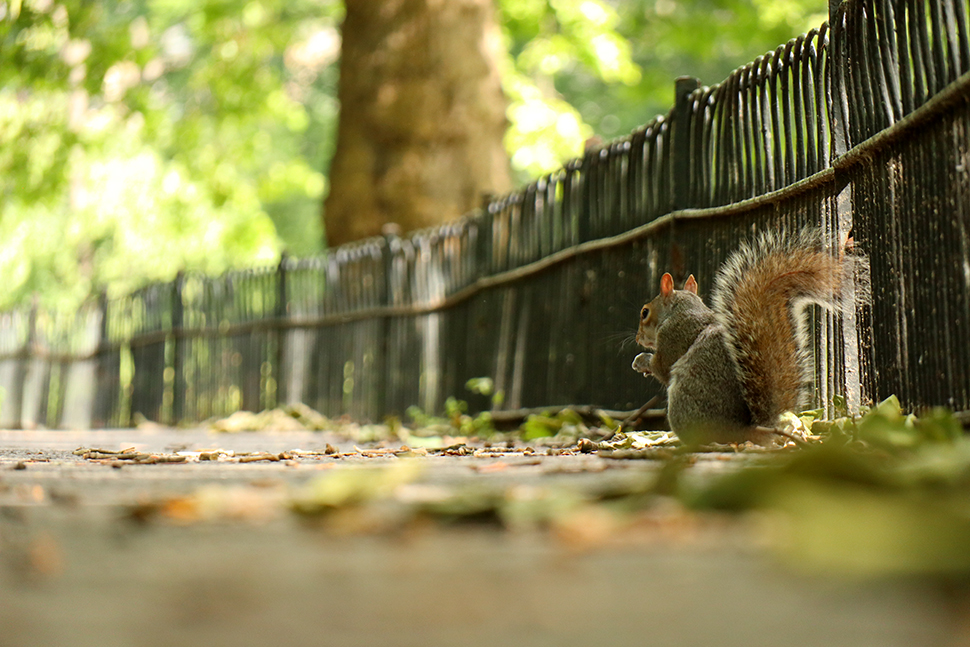
This is an area where many cameras differ in performance, and it’s not something you can fully appreciate from reading a spec sheet. The fact that many compact system cameras now have phase-detect AF pixels incorporated into their sensors means that the gap between DSLRs and compact system cameras is far narrower than it used to be with regards to keeping hold of moving subjects.
Auto-exposure is another consideration. Some cameras have a standard maximum burst rate and an additional option that will typically be able to shoot slightly faster, but with the exposure (and often focus) locked to that of the first frame. So, if the scene changes and requires a different combination of exposure settings, you may end up with a series of overexposed or underexposed images.
Obviously you also need to be using a shutter speed that’s fast enough to fire at that kind of frame rate, while the use of image stabilisation or Auto ISO control may slow you down, as will certain processing options such as lens corrections. Some in-camera lens corrections may be deactivated at default, and enabling these may reveal a significant difference in continuous shooting performance.
The memory card you use is also important. Memory card speeds can often confuse people, partly because there are so many different figures and markings on today's memory cards that makes it unclear as to what relates to what. A full explanation of these lies outside the scope of this article, but the nub of it is that if you don't use a fast enough memory card to keep up with a camera’s capabilities, this will serve as a bottleneck.
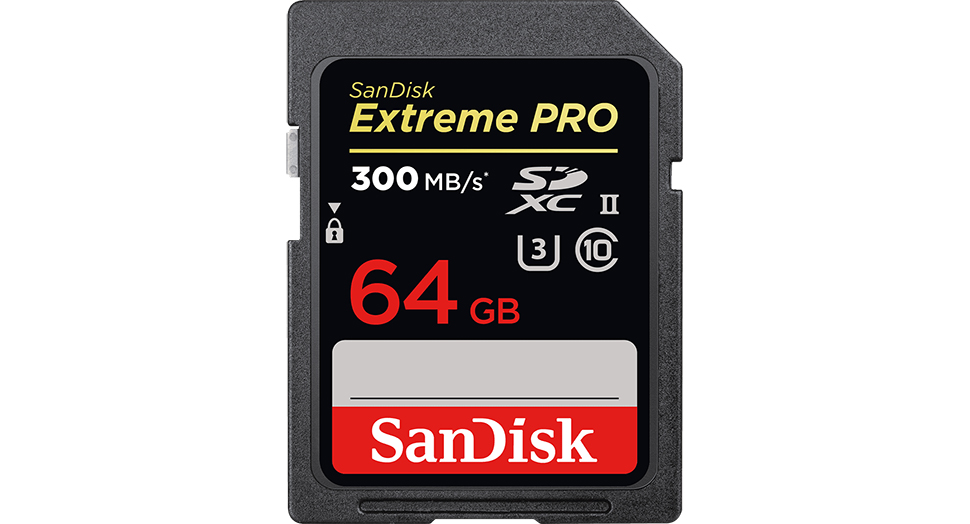
If you’re lucky enough to own a camera with two card slots, and you have two different memory cards, you may be able to appreciate this for yourself. This may also give you an idea of why some manufacturers use two different memory card formats on a single camera, such as Nikon’s most recent D850. Here, if speed is not your thing then you can probably make do with a reasonably recent SDHC or SDXC memory card. Otherwise, you may need to use the XQD format.
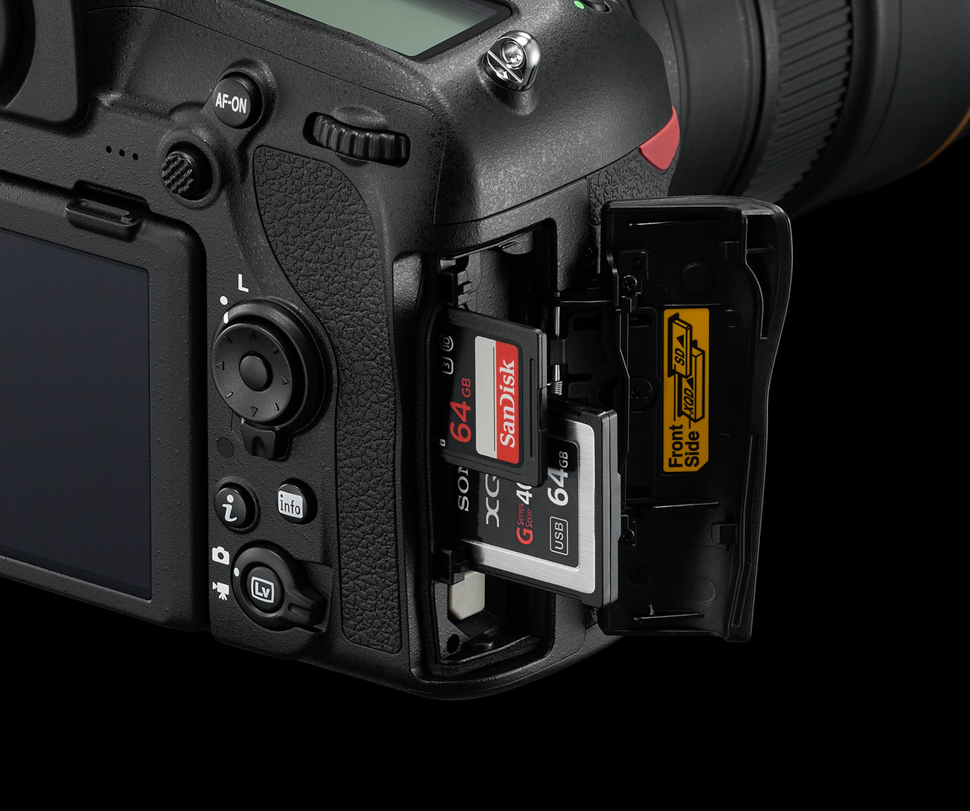
Another important thing to consider is whether the camera is using mechanical or electronic shutter to achieve its top frame rates. Mechanical shutters typically have a cap on frame rates because, being mechanical in nature, they can only physically move so quickly.
Electronic shutters do not have the same limitations, but the way they capture images – scanning the scene across the sensor line by line, rather than exposing every photosite at the same time – makes them less suitable for moving subjects, as they can end up distorting the subject, or the whole scene if you're moving the camera during the exposure. This is known as a rolling shutter, and is particularly problematic when recording video.
The extent to which a camera can shoot at a fast speed and reliably track a moving subject varies wildly across different models as it is, but when you throw in all of the above – and other things like battery life too – you can see there are a number of important things to consider, particularly if you’re buying a new camera with the intention of photographing moving subjects.
In summary
So what’s the takeaway from all this? Take a camera's maximum frame rate into account but dig a little deeper to see what limitations you may come up against with regards to your preferred way of shooting. Learn how to set up your AF system to match whatever it is you need to shoot and turn off any non-critical settings that may interfere.
Find out what kind of memory card you need to use and experiment to see whether you’re better off using a slower burst speed, as the maximum option may only be able to fire for an impractically short length of time. In other words, you may find it more useful to have the camera shoot at a slightly lower frame rate than its maximum setting if the camera is able to keep shooting for a longer period of time.
Above all else, check your manual to see what your manufacturer advises, as they know the model better that anyone else. Get to know your camera as well as you can; investing the time and effort to begin with will set you up for many years of successful captures.
Read more: Nikon D850 vs Canon EOS 5D Mark IV - Features compared
The former editor of Digital Camera World, "Matt G" has spent the bulk of his career working in or reporting on the photographic industry. For two and a half years he worked in the trade side of the business with Jessops and Wex, serving as content marketing manager for the latter.
Switching streams he also spent five years as a journalist, where he served as technical writer and technical editor for What Digital Camera before joining DCW, taking on assignments as a freelance writer and photographer in his own right. He currently works for SmartFrame, a specialist in image-streaming technology and protection.

